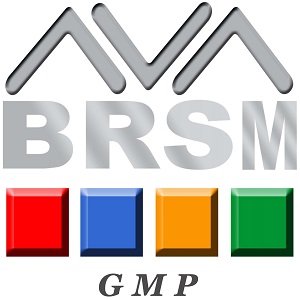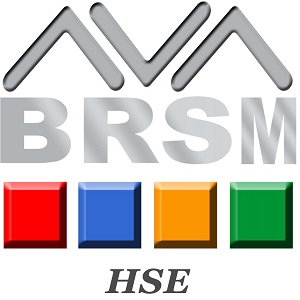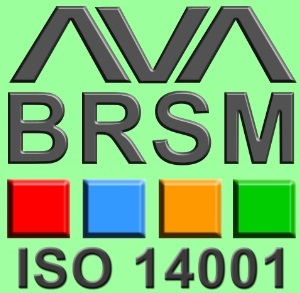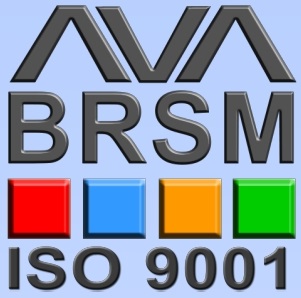Pharmaceutical Industrial
 In pharmaceutical manufacturing, how space conditions impact the product being made is of primary importance. The pharmaceutical facilities are closely supervised by the ministry of medical. Food and drug administration, which requires manufacturing companies to conform to cGMP (current Good Manufacturing Practices). These regulations, which have the force of law, require that manufacturers, processors, and packagers of drugs to take proactive steps to ensure that their products are safe, pure, and effective. GMP regulations require a quality approach to manufacturing, enabling companies to minimize or eliminate instances of contamination, mix ups, and errors
In pharmaceutical manufacturing, how space conditions impact the product being made is of primary importance. The pharmaceutical facilities are closely supervised by the ministry of medical. Food and drug administration, which requires manufacturing companies to conform to cGMP (current Good Manufacturing Practices). These regulations, which have the force of law, require that manufacturers, processors, and packagers of drugs to take proactive steps to ensure that their products are safe, pure, and effective. GMP regulations require a quality approach to manufacturing, enabling companies to minimize or eliminate instances of contamination, mix ups, and errors
The GMP for HVAC services embraces number of issues starting with the selection of building materials and finishes, the flow of equipment, personnel and products,
determination of key parameters like temperature, humidity, pressures, filtration, airflow parameters and classification of cleanrooms. It also governs the level of control of
various parameters for quality assurance, regulating the acceptance criteria, validation of the facility, and documentation for operation and maintenance. MP is used by pharmaceutical regulators and the pharmaceutical industry in over one hundred countries worldwide, primarily in the developing world. In some countries, the
GMP follows largely the country of the principal technology provider. All GMP’s have one common theme……
“CLEANLINESS, CLEANLINESS and CLEANLINESS”
What is a Cleanroom?
A cleanroom is defined as a room in which the concentration of airborne particles is
controlled. The cleanrooms have a defined environmental control of particulate and
microbial contamination and are constructed, maintained, and used in such a way as to
minimize the introduction, generation, and retention of contaminants.
Cleanroom classifications are established by measurement of the number of particles
0.5 micron and larger that are contained in 1 ft3
of sampled air. Generally, class 100 to
100,000 rooms are used in the pharmaceutical industry. [Note - rooms may be classified
as clean at class 1 or 10 for other applications, particularly in the microchip
/semiconductor industry].
Table below derived from shows the air cleanliness classes:
|
Class Names |
Class Limits |
||||
|
0.5 Micron |
5 Micron |
||||
|
SI |
English |
m3 |
ft.3 |
m3 |
ft.3 |
|
M 3.5 |
100 |
3,530 |
100 |
- |
- |
|
M 4.5 |
1,000 |
35,300 |
1,000 |
247 |
7 |
|
M 5.5 |
10,000 |
353,000 |
10,000 |
2,470 |
70 |
|
M 6.5 |
100,000 |
3,530,000 |
100,000 |
24,700 |
700 |
Table Interpretation:
- Class 100 (M 3.5) is the area where the particle count must not exceed a total of 100 particles per cubic foot (3,530 particles per m3) of a size 0.5 microns and larger.
- Class 10,000 (M 5.5) is the area where the particle count must not exceed a total of 10,000 particles per cubic foot (353,000 particles per m3) of a size 0.5 microns and larger or 70 particles per cubic foot (2,470 particles per m3), of a size 5.0 microns and larger.
- Class 100,000 (M 6.5) is the area where the particle count must not exceed a total of 100,000 particles per cubic foot (3,530,000 particles per m3) of a size 0.5 micron and larger or 700 particles per cubic foot (24,700 particles per m3) of a size 5.0 microns and larger.
- All pharmaceutical facilities belong to one or other class of cleanroom. General acceptance is:
-
- Tableting facilities - Class 100,000
-
- Topical & oral liquids - Class 10,000
-
- Injectable class - Class 100
What can HVAC do?
HVAC system performs four basic functions:
- Control airborne particles, dust and micro-organisms – Thru air filtration using high efficiency particulate air (HEPA) filters.
- Maintain room pressure (delta P) – Areas that must remain “cleaner” than surrounding areas must be kept under a “positive” pressurization, meaning that air flow must be from the “cleaner” area towards the adjoining space (through doors or other openings) to reduce the chance of airborne contamination. This is achieved by the HVAC system providing more air into the “cleaner” space than is mechanically removed from that same space.
- Maintain space moisture (Relative Humidity) – Humidity is controlled by cooling air to dew point temperatures or by using desiccant dehumidifiers. Humidity can affect the efficacy and stability of drugs and is sometimes important to effectively mound the tablets.
- Maintain space temperature - Temperature can affect production directly or indirectly by fostering the growth of microbial contaminants on workers.
Each of above parameter is controlled and evaluated in light of its potential to impact product quality.
What HVAC can’t do?
- HVAC cannot clean up the surfaces of a contaminated surfaces, room or equipment
- HVAC cannot compensate for workers who do not follow procedures
Related Products - Related Projects












